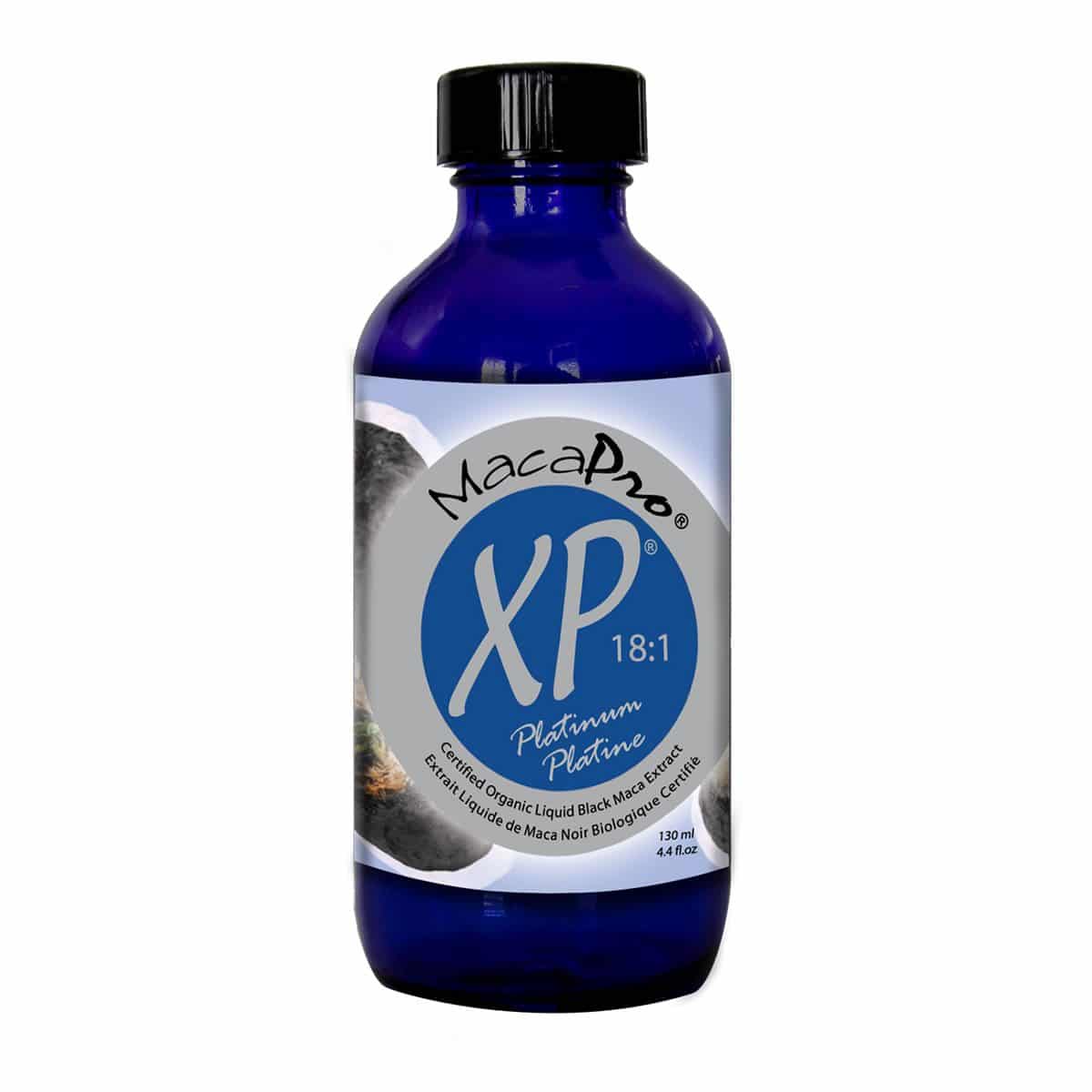No products in the cart.
Saw Palmetto (Serenoa serrulata, Palmae)
Names: Sabal.
Habitat: Eastern N. America.
Collection: The berries of this impressive palm are gathered from September through until January.
Part Used: Berries.
Constituents:
- Essential oil
- Fixed oil, consisting of 25% fatty acids; caproic, lauric, palmitic & 75% neutral fats.
- Sterols
- Polysaccharides; galactose, arabinose and uronic acid.
Actions: Diuretic, urinary antiseptic, endocrine agent.
Indications: Saw Palmetto is a herb that acts to tone and strengthen the male reproductive system. It may be used with safety where a boost to the male sex hormones is required. It is specific in cases of enlarged prostate glands. It will be of value in infections of the genitourinary tract. Ellingwood gives the following specific symptomatology: The direct influence of this agent is exerted upon the entire reproductive apparatus, especially upon the prostate gland of the male. It is demanded in enlarged prostate, with throbbing, aching, dull pain, discharge of prostatic fluid, at times discharge of mucus, also of a yellowish, watery fluid, with weakened sexual power, orchalgia, epididymitis and orchitis, when associated with enlarged prostate. In women, ovarian enlargement, with tenderness and dull aching pains, weakened sexual activity, and small undeveloped mammary glands, are much benefited by its continued use.
It is a sedative to all irritable conditions of these organs and is a profound nutritive tonic, operating much like phosphorus. It increases the size and secreting power of the mammary glands where they are abnormally small and inactive. It improves the tone and overcomes irritability of the ovaries, relieving dysmenorrhoea when due to atonicity. It may be given with confidence in wasting of the testes in the early stages and the development of varicocele retarded with the growth and nutrition of the testes developed materially by its use. To this agent is ascribed considerable power in reducing the size of hypertrophied prostate in older men and in quickly relieving cystic and other disorders incident to this condition. It relieves irritation of the bladder to a satisfactory extent, correcting the irritable character of the urine, increases the muscular power of the patient to expel the urine and produces a sense of relief, that is in every way gratifying and satisfactory. In the treatment of impotence in young men who have been excessive in their habits, or have masturbated, it can be relied upon with positiveness.
It will overcome the excitability from exhaustion and increase sexual power in those newly married who, having been anxious concerning their sexual strength or ability, have become suddenly almost entirely impotent after marriage. If the patient is instructed to abstain, from 4 to 6 weeks and to have confidence in his ultimate recovery, this agent in doses of from 20 to 30 drops 3 or 4 times daily, combined with a direct nerve tonic, such as Avena sativa in doses of 15 drops or the one one-hundredth of a grain of phosphorus, will establish a cure. It will relieve any undue irritation, due to excess and exhaustion, that may be present in any part of the genitourinary apparatus. An exceedingly important use for this remedy that I have not been able to find in the books, is its use for sterility.
In simple cases where there is no organic lesion on the part of the patient, this agent has an excellent reputation for restoring the ovarian action properly and assisting in putting the patient into an excellent condition. One conscientious reliable lady physician assures me that in five definite cases, pregnancy has followed the use of this remedy where sterility was pronounced previously, and thought to be incurable. In its influence upon the nasal and bronchial mucous membranes this agent has been given with excellent advantage in the treatment of acute catarrh, chronic bronchial coughs of all characters, including whooping cough, laryngitis and the cough of phthisis. It is credited also with cures in the treatment of aphonia.
Combinations: For debility associated with the reproductive system it will combine well with Damiana and Kola. For the treatment of enlarged prostate glands it may be used with Horsetail and Hydrangea.
Preparations & Dosage:
- Decoction: put 1/2-1 teaspoonful of the berries in a cup of water, bring to the boil and simmer gently for 5 minutes. This should be drunk three times a day.
- Tincture: take 1-2 ml of the tincture three times a day.
Native American Indians used saw palmetto as an overall strengthening body tonic. It has a balancing effect on several systems. Especially for prostate, testes, impotence and low libido in men, and the ovaries, infertility, painful periods and to increase lactation in women. Reduces excessive bronchial mucous. Thyroid support. Improves digestion. Useful in asthma and diabetes. As prostate problems have been dramatically on the increase, the focus on saw palmetto shifted from that of a general tonic to its special talent of promoting a healthy prostate. The prostate is a walnut-sized, donut shaped organ surrounding the urinary tube leading from the male bladder. Inflammation quickly leads to painful difficulty in urination.
Recently, human sexuality scientists in California have brought about the latest surge of interest in saw palmetto. Rather than any direct aphrodisiac-type effect, the healthier interest in sex seems to stem from an overall toning of several systems related to sex drive –and the benefits were as pronounced for women as they were for men. The increase was noted by individuals of differing beginning levels of sexual health, with everyone in the study being more than pleased by their results. Notably in these studies, the doctors combined saw palmetto extract with green wild oat seed extract (also known asavena sativa).
35% to 45% Free Fatty Acids including Capric Acid, Caprylic Acid, Caproic Acid, Lauric Acid, Palmitic Acid, Oleic Acid & Ethyl Esters. Phytosterols including Beta-sitosterol, Stigmasterol, Cycloartenol, Lupeol, Lupenone, 24-methyl-cycloartenol. The berries of the saw palmetto (Serenoa repens/Sabal serrulata), a fan palm native to the southeastern United States, act to increase urine flow, to diminish inflammation, and to reduce muscle spasms. In Europe, saw palmetto is widely used to treat benign prostatic hyperplasia, or BPH, which is an enlargement of the prostate gland (see details below). In the United States, it ranks among the top ten dietary supplements in terms of sales.
Saw palmetto berries were a staple food among native Americans of the southeastern United States, who also used them to treat digestive problems, genitourinary inflammation, dysentary, and lack of libido. Early in the 20th century, saw palmetto was listed in the US Pharmacopoeia as an effective remedy for enlargement of the prostate gland (called benign prostatic hyperplasia or BPH), urinary tract inflammation, cystitis (bladder inflammation), breast disorders, bronchitis, and laryngitis. Parts used and where grown: Saw palmetto (sometimes referred to as sabal in Europe) is a native of the southeast United States. The berries of the plant are used medicinally.
The liposterolic (fat-soluble) extract of saw palmetto provides concentrated amounts of free fatty acids and sterols. One study with a saw palmetto extract suggests that it reduces the amount of dihydrotestosterone (DHT) (an active form of testosterone) binding in the part of the prostate surrounding the urethra (the tube carrying urine from the bladder). Test tube studies also suggest that saw palmetto weakly inhibits the action of 5-alpha-reductase, the enzyme responsible for converting testosterone to DHT. In test tubes, saw palmetto also inhibits the actions of growth factors and inflammatory substances that may contribute to benign prostatic hyperplasia (BPH). Contrary to some opinions, saw palmetto does not have an estrogen-like effect in men’s bodies.
Over the last decade, double-blind clinical trials have proven that 320 mg per day of the liposterolic extract of saw palmetto berries is a safe and effective treatment for the symptoms of BPH. A recent review of studies, published in the Journal of the American Medical Association, concluded that saw palmetto extract was as effective as finasteride in the treatment of BPH. The clinical effectiveness of saw palmetto has been shown in trials lasting six months to three years. A three-year trial in Germany found that taking 160 mg of saw palmetto extract twice daily reduced nighttime urination in 73% of patients and improved urinary flow rates significantly. In a double-blind trial, 160 mg of saw palmetto extract taken twice daily was found to treat BPH as effectively as finasteride (Proscar) without side effects, such as loss of libido.







